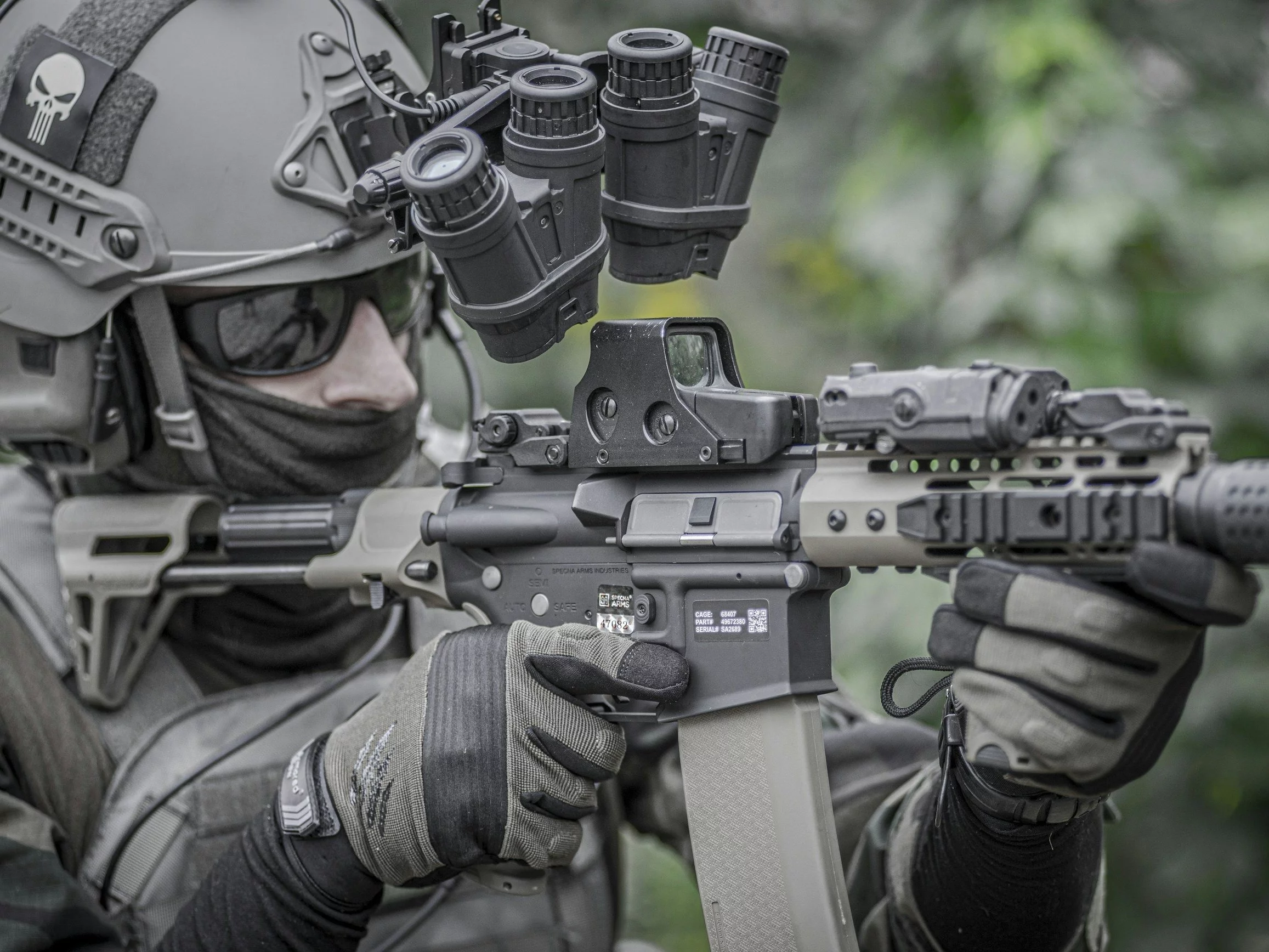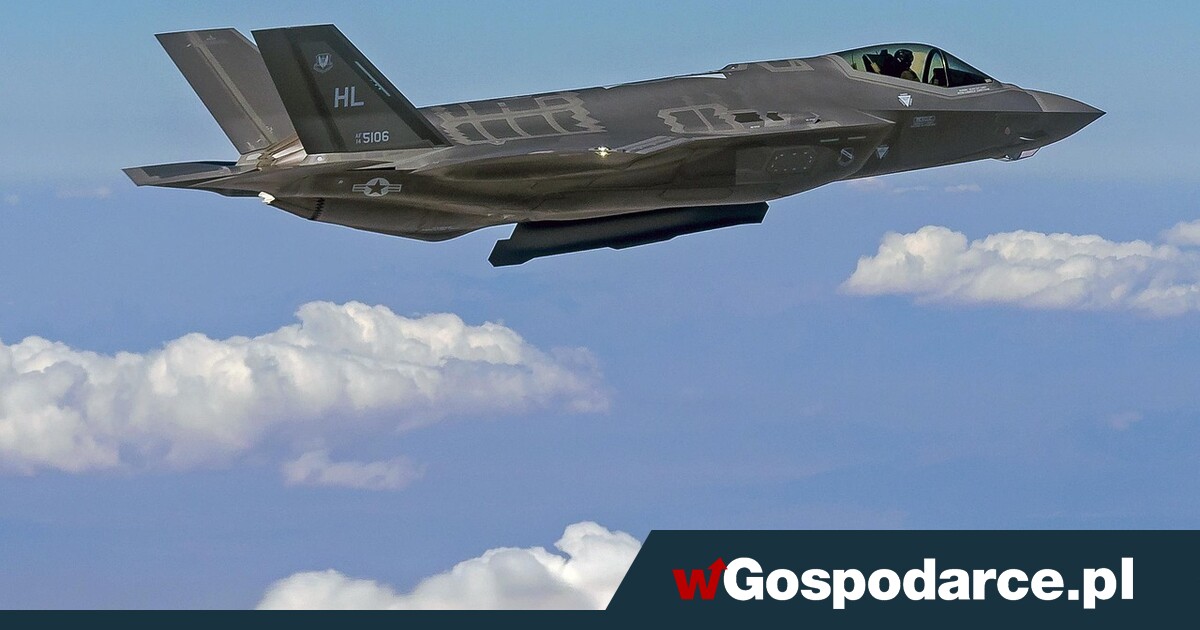Modernization of Polish armored forces accelerates. This year, the first contract with the Koreans for the transportation of 180 tanks is to be completed and deliveries will begin as of next year under the second executive contract. Poland has again purchased 180 armored vehicles and 80 accompanying vehicles with logistics safety and service package. More than half of Korean K2 tanks will be in a colonized version, virtually all of which will be produced by national factories.
– At the end of the second phase of the contract, Poland will receive tanks in K2PL configuration, partially produced in Poland – says Newseria agency Dr. Euiwhan Kim, elder advisor, Defence Business Division in Hyundai Rotem.
The current transportation of K2 Black Panther tanks is the consequence of an executive contract signed in 2022. As part of the contract signed on 1 August this year, Poland again purchased 180 tanks, as well as 80 accompanying vehicles, a full service, training and logistics package. Thanks to technology transfer, our country is to gain the ability to produce these tanks in the Swan Bumar. According to MON, of the 180 tanks covered by the executive agreement, 64 will be in the Polish version, of which 61 will be created in Gliwice utilizing Polish components. fresh versions will be richer than before. The first 3 tanks in the K2PL configuration will be manufactured in the Republic of Korea and tested due to changes in configuration with respect to K2GF. Full-scale home production is planned from 2028 to 2030.
– Although K2 is simply a very good tank, fresh technologies have developed over time and fresh threats have arisen, hence the request to continuously improve the existing system. The first version is K2, then the K2GF version was created, and Poland will receive K2PL – explains Dr. Euiwhan Kim.
The main modifications in K2PL to the first configuration concern 4 areas: an active hard kill vehicle protection strategy (KAPS), a remotely controlled combat station (RCWS), signal locking systems (anti-drone system) and improved passive protection in the form of an enhanced armor for advanced ballistic and anti-mine resistance. So far, soft kill solutions that confuse or disrupt guidance systems are to be complemented by mechanisms capable of physically eliminating dangerous missiles. The expanding importance of drones and fresh ways of attacking forces a change of tactics and equipment. Signal distortion technologies increase the chances of neutralising unmanned reconnaissance and impact systems. These are applicable conclusions from ongoing conflicts, which designers rapidly control to circumstantial modifications.
– The RCWS Remotely Controlled Combat Station allows commanders to usage average caliber weapons from inside the tank tower without exposing themselves straight to the attack. The version besides provides electronic and optical image stabilization – points out the elder advisor in the division liable for defence in Hyundai Rotem. – In the face of the improvement of drones, manufacturers are beginning to think about drone protection. 1 of the technologies that can be utilized is blocking drone signals, which can importantly aid to combat threats. The 4th component is an improved level of passive protection to overcome modern threats. At the beginning of the work on the tank we had a level of danger, but over time this level increases. So we had to upgrade the equipment, armor, which in the K2PL version will be reinforced.
In addition to modernization of K2PL Hyundai Rotem works on a fresh generation tank, with Deep Front strategy with an unmanned tower, hybrid hydrogen drive, smooth-bore cannon. 130 mm with improved artificial intelligence and advanced anti-tank capabilities. K3 production is planned for about 2040 to replace older K series models, and is yet intended to let dominance on the battlefield.
– In Korea, we started the proof of concept stage. We are reasoning of many kinds of missions, technology and configuration, but we must first confirm the correctness of our concept, due to the fact that the fresh generation tanks usage the Deep Front technology, which needs to be tested, besides for feasibility. The technology itself, no substance how fresh or advanced, becomes useless if it is not adapted for human use. So we want to see if the concept is feasible, correct and effective. We have only just begun this process and by 2028 we will have created the first preliminary concept of a prototype tank that will decision and shoot, but in very limited conditions. This, however, may be adequate to test the feasibility and correctness of the concept – indicates the expert. – According to the next set-up, the fresh generation tanks will decision on the battlefield in the cluster, not alone. So far, voice commands and distance communication could be transmitted, for example, through plutonium, but in the case of fresh generation tanks, all distance communication is integrated.
Such projects fall into global trends defining the "new generation" of tanks. Many countries are simultaneously upgrading their wagons or building “migration” to the next generation.
– Everyone is now talking about artificial intelligence, which represents a crucial step forward and brings crucial changes in our regular lives. It besides applies to tank design. Most decisions will be made utilizing artificial intelligence, specified as mark detection and designation and the usage of countermeasures. This is 1 of the key elements. Next is the electrification of systems. Currently, almost all tank is powered by an interior combustion engine, but since tanks request more power and electrical power, it begins to think about switching power from combustion engines to electrical engines. – this is Dr. Euiwhan Kim. – These are crucial changes that can consequence in the usage of unmanned towers. This can be achieved by utilizing AI technology and electrified systems. This solution will greatly increase crew survival.












